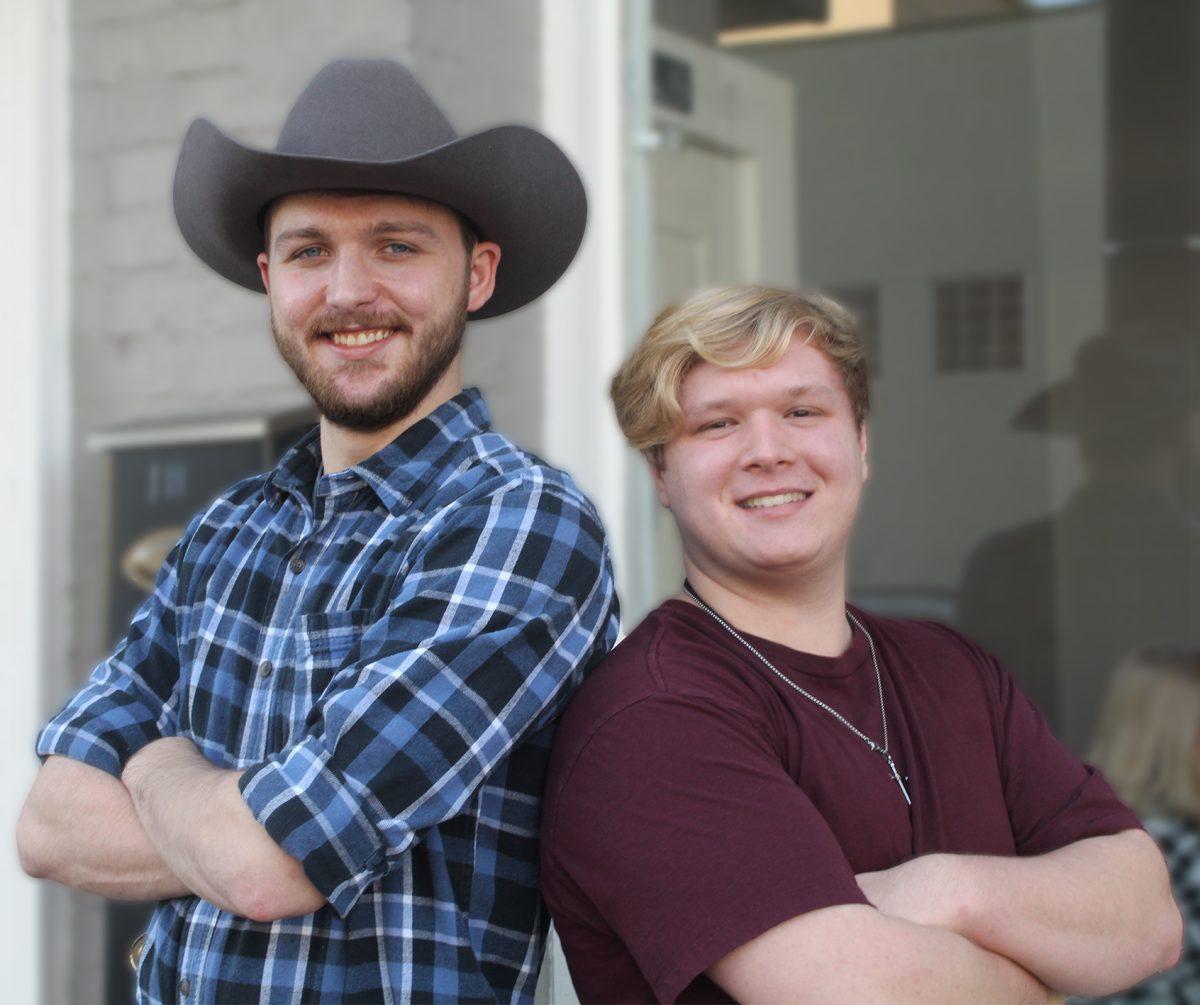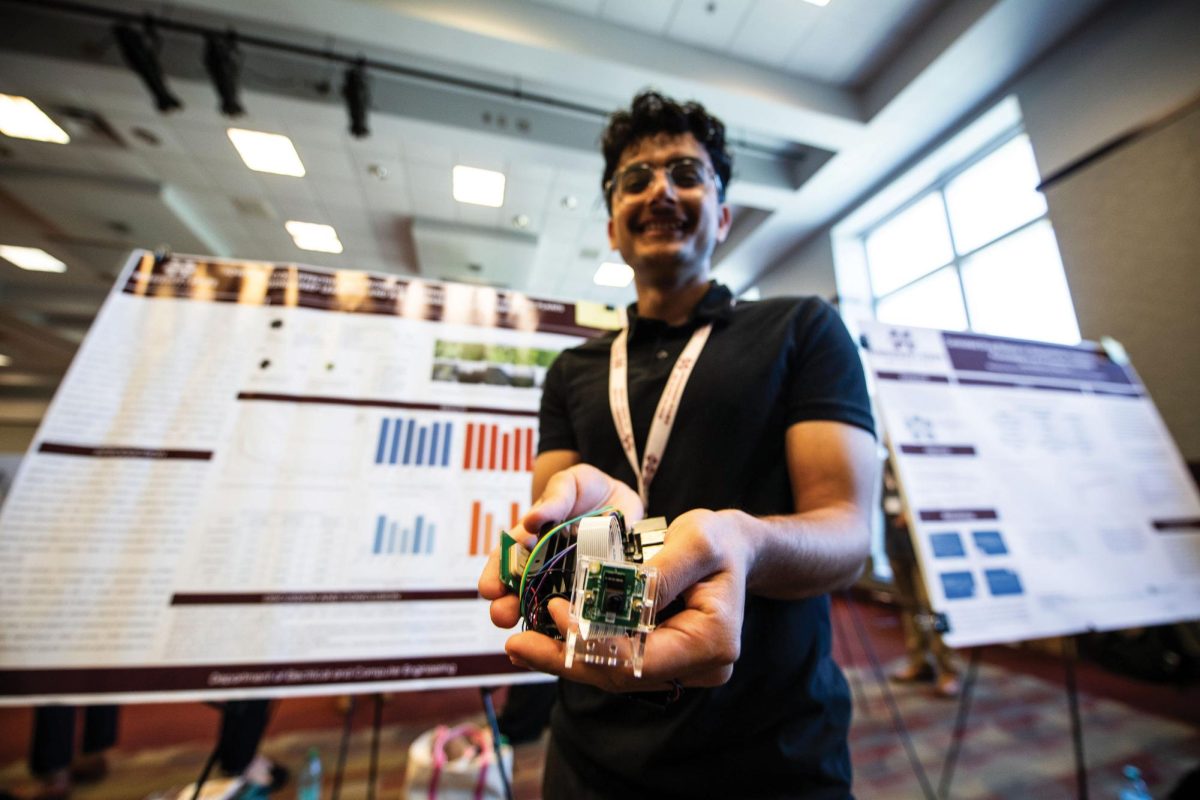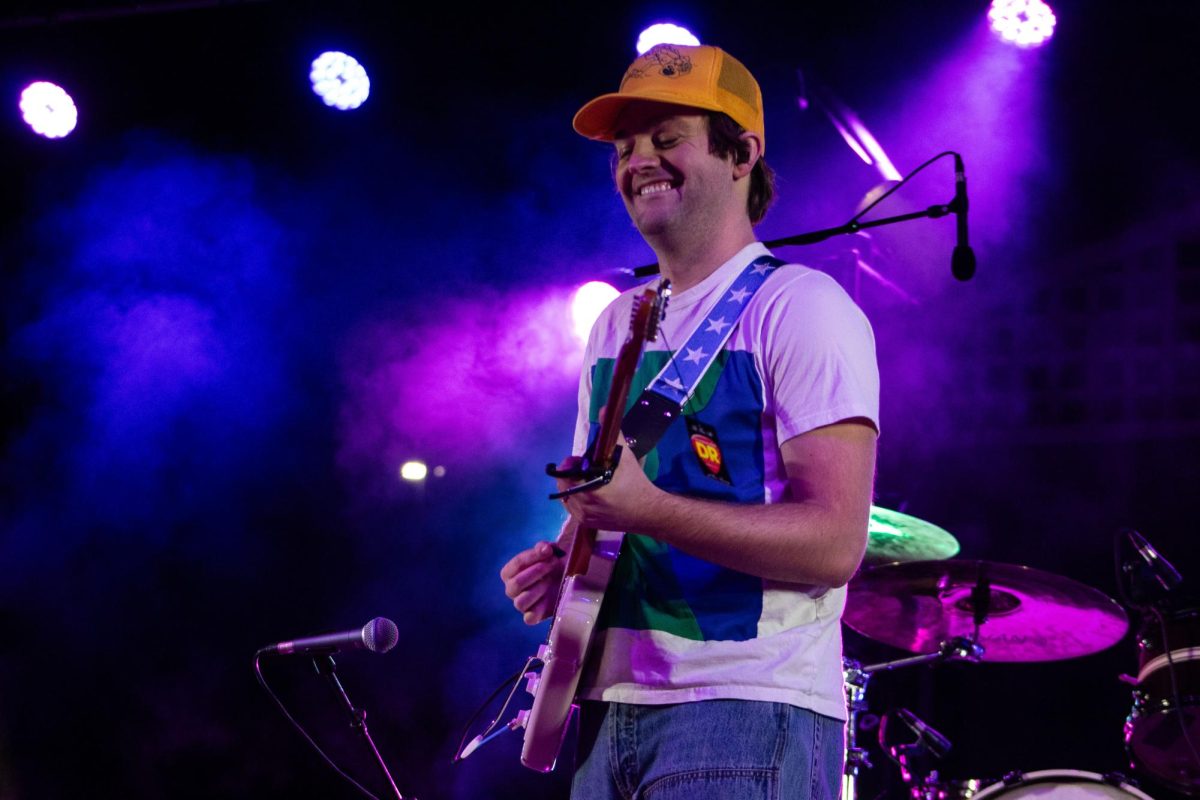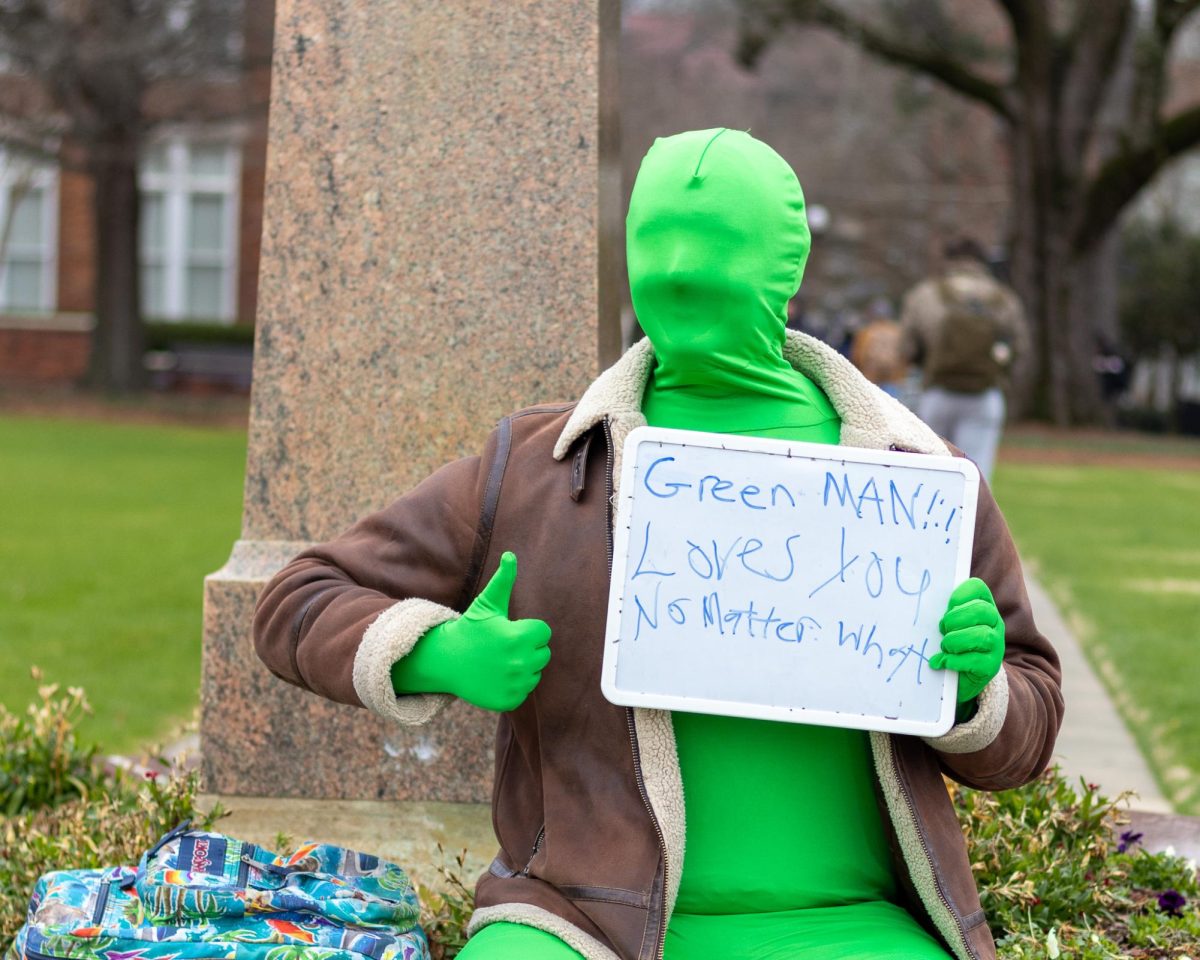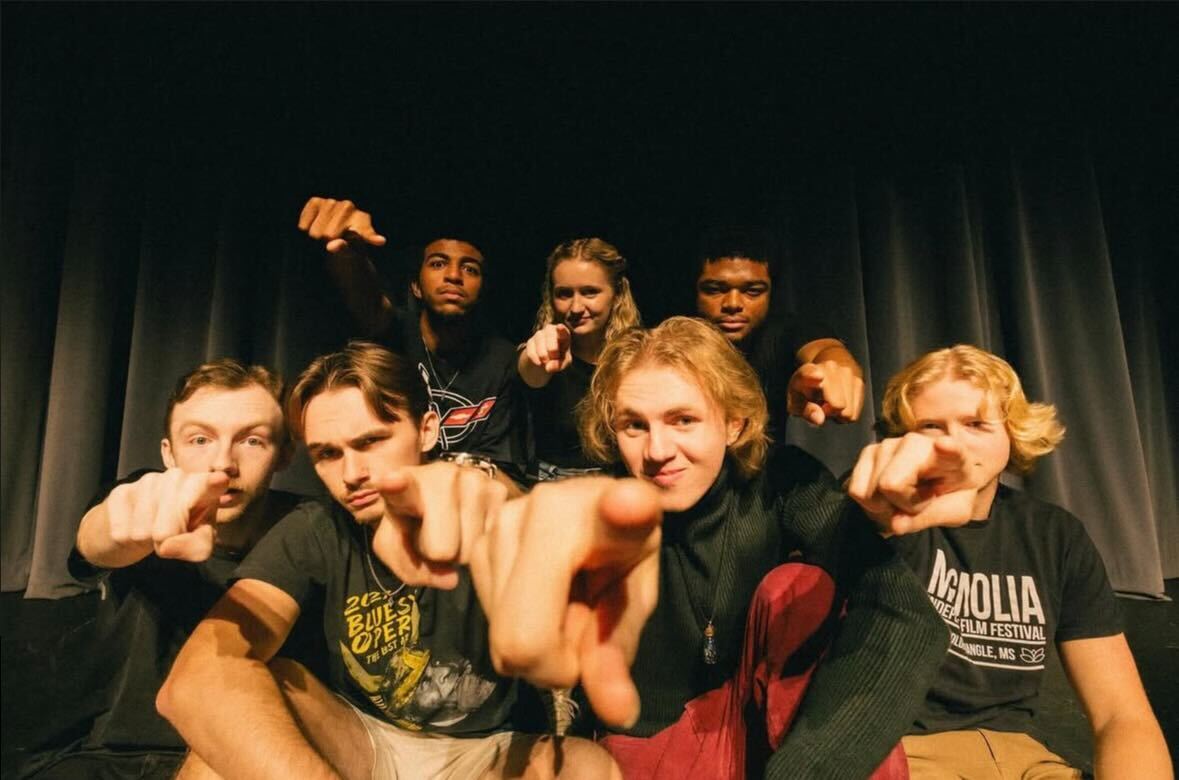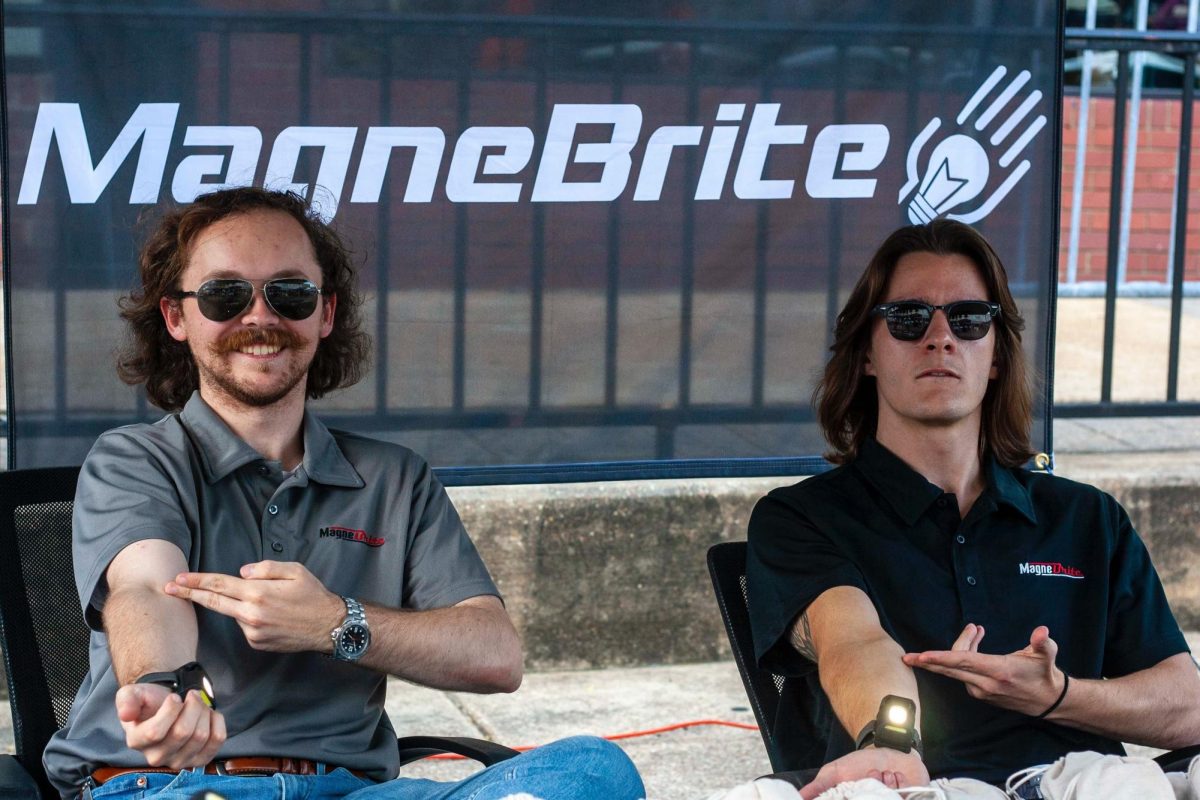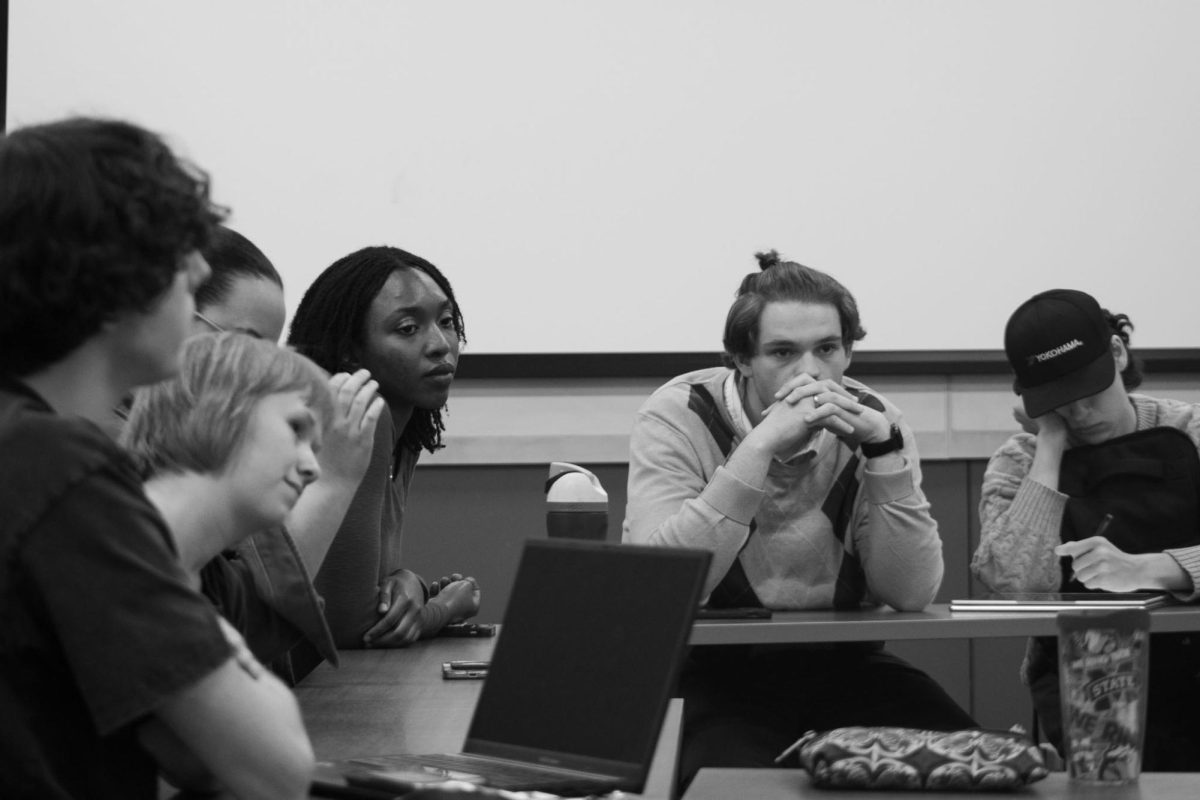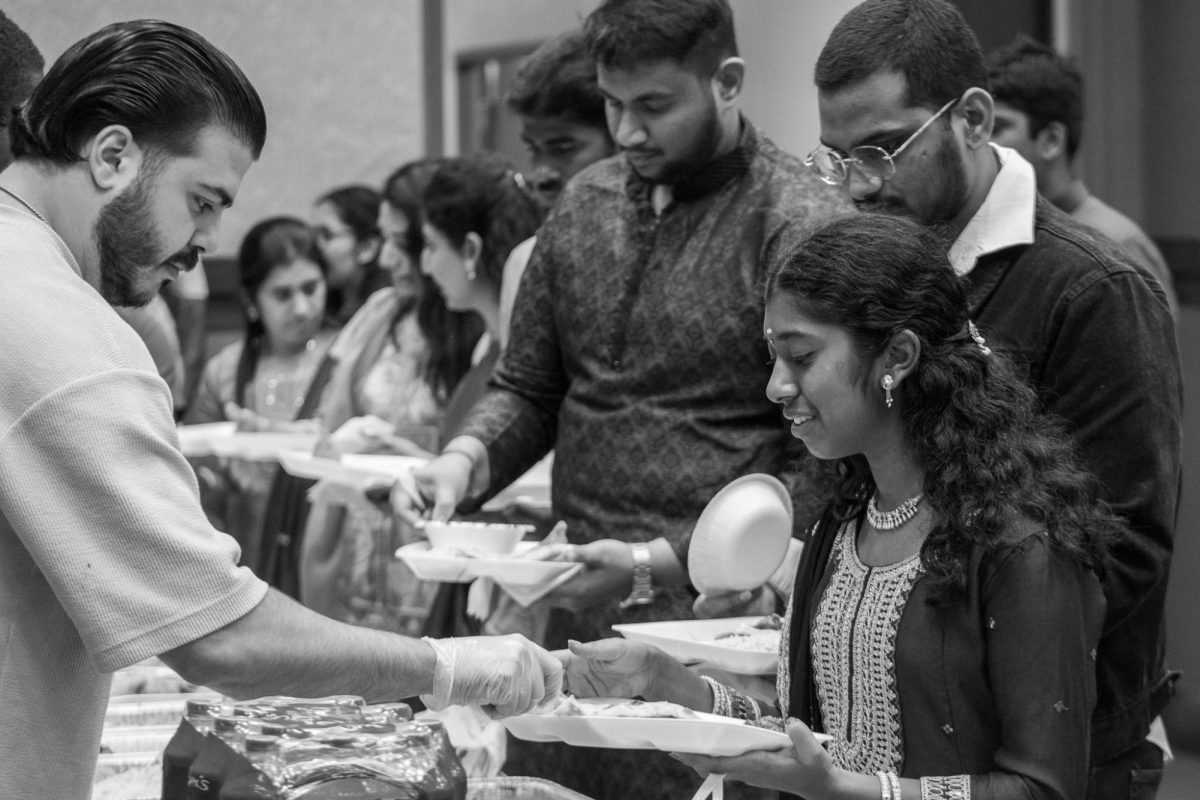Music production and listener consumption have become driven by streaming services, which account for 84% of recorded music revenue in the United States according to the Recording Industry Association of America.
These services allow artists to reach wider audiences. However, these artists do not always generate much income from the services.
This begs the question: are up-and-coming Mississippi artists benefiting from music streaming services?
Country singer-songwriter “Mississippi” Mason Honnoll is a Columbus native currently signed to the Delta-based indie record label Cotton Row Record Company.
He currently has 30 monthly listeners on his most popular streaming platform, Spotify. Honnoll said he made around $2000 last year from streaming services. For context, $2000 is good for about two months’ rent in a Columbus apartment.
“Streaming doesn’t generate enough money, but it allows you to get your music out there and gives you more exposure,” Honnoll said. “That’s why I had to make CDs – because I knew streaming wasn’t going to pay enough.”
In May of 2022, Honnoll released a ten-song collection of studio recordings titled “Just the Way I Am,” that demonstrated his ability to write storytelling songs with catchy lyrics that captured the essence of classic country music.
Honnoll estimated he spent around $1,500 on the album. He said if he had paid for a producer and recording studio, the price would have risen to $4,000 — without marketing. Marketing methods, such as radio distribution, TV commercials and copyright, can boost expenses up to $12,000 per album.
To cover his album production expenses and earn additional revenue, Honnoll said he sold around 100 CDs for $15 each.
Honnoll prefers to market himself and earn more in another way: performing live.
Honnoll has performed at the Ole Red in Gatlinburg, Tennessee, and at the historic Ellis Theater in Cleveland, Mississippi. He also opened for Grammy award-winning Christone “Kingfish” Ingram.
Honnoll said that in his experience, people want to see a live concert when an artist releases music on streaming platforms. For this reason and for the sake of income, he relies more on live shows, which pay between $250 – $2,000 per show, than on CD sales and streaming.
“Back in the day, you used to do live shows to sell your records, but nowadays, you release your records to sell live shows,” Honnoll said. “It’s like a big circle. You release streams to play more shows, and you play more shows to get more streams.”
Music streaming services have become a dominant feature for both artists and listeners.
The number of artists registered on Spotify continues to grow, possibly due to their desire to receive a share of Spotify’s payouts.
Spotify’s 2021 “Loud and Clear” annual report stated that it broke the record for the highest yearly payout from any single retailer at $7 billion.
In addition, the report stated in 2021, more than 1,000 artists generated over $1 million through Spotify for the first time. Four hundred fifty artists generated over $2 million. One hundred thirty artists generated more than $5 million. More than 50,000 artists earned more than $10,000.
This total comes out to $3.1 billion. However, the 51,580 artists only account for 0.5% of Spotify’s entire artist base. The other 99.5% of artists on the platform, in an ideal, equal representation, made roughly less than $3,600 in one year due to the pay-per-stream being roughly $0.0033.
Unless the artist is the rights holder, these payments are sent directly to labels, publishers and other entities, which are then divided according to the artist’s contract.
Brayden Sansing is an independent country singer-songwriter based in Columbus who originally hails from Greenville, Mississippi.
In the last year, Sansing has seen an increase in his fanbase rising from 50 to 850 people counting all social media platforms. However, these numbers are not translating into streaming sales.
Sansing said that throughout all of 2022, he generated $20 combined from streaming platforms. Most of this income came from Spotify and Apple Music streams.
“If I was on a record label, I would have to go through months of asking them to let me do a certain type of song, whereas, as an independent artist I have more freedom,” Sansing said. “But, if I was on a record label, I would have better marketing, better connections and probably have more streams.”
Streaming services have made a significant impact on the musical landscape, allowing independent artists to push their sound to new heights. However, low payout prices are an extreme drawback.
Earning $1 on various platforms depends on the payout rate of the streaming service. Tidal offers $0.013 per stream, requiring the artist to get 78 streams. Apple Music pays an artist $0.01 per stream, but they must reach 125 streams. Amazon Music pays $0.004 per stream but requires the artist to obtain 249 streams. On YouTube Music, the artist receives $0.007 per stream, which means they must get 137 streams.
These figures are important for artists and even more critical for Sansing, who is currently building a name for himself with no record label to rely on.
On February 14, Sansing released an EP titled “Brokenhearted,” showcasing his craft as a multitalented musician who plays acoustic and electric guitars, pianos, keyboards and percussion instruments.
He even produces his own work using mixers to blend and balance instruments and vocals to create a quality song. Sansing said he spent around $5,000 on all the gear he has. Sansing believes it is cheaper to use his own funds to produce his work than to hire others.
“It’s cheaper when you do it yourself,” Sansing said. “You have your own opinions, you don’t have to pay for studio time that can run up to $80 an hour, and you don’t have to hire a bunch of people like producers.”
Artists can bypass labels by using social media for self-promotion, learning new skills through YouTube tutorials and using streaming services to spread their music. Sansing said these are some of the things he does to market himself better.
“With streaming services, anybody anywhere can listen to your songs and support you,” Sansing said. “Even with social media [platforms] like Instagram and Facebook, you can market the song for more people to listen to it at any time.”
It cannot be definitively said if music streaming has hurt more than it has helped, but one thing is certain – the way musicians reach their audiences has changed, and understanding the ongoing shift in music consumption is essential in musicians finding their sweet spot.
As Honnoll and Sansing both said, “There are pros and cons to everything.”
Up-and-coming Mississippi artists struggle with streaming services
Courtesy Photo | Pamela Dankins
“Mississippi” Mason Honnoll (left) and Brayden Sansing (right) are two artists affected by streaming service revenues.
0
Donate to The Reflector
Your donation will support the student journalists of Mississippi State University. Your contribution will allow us to purchase equipment and cover our annual website hosting costs.
More to Discover

